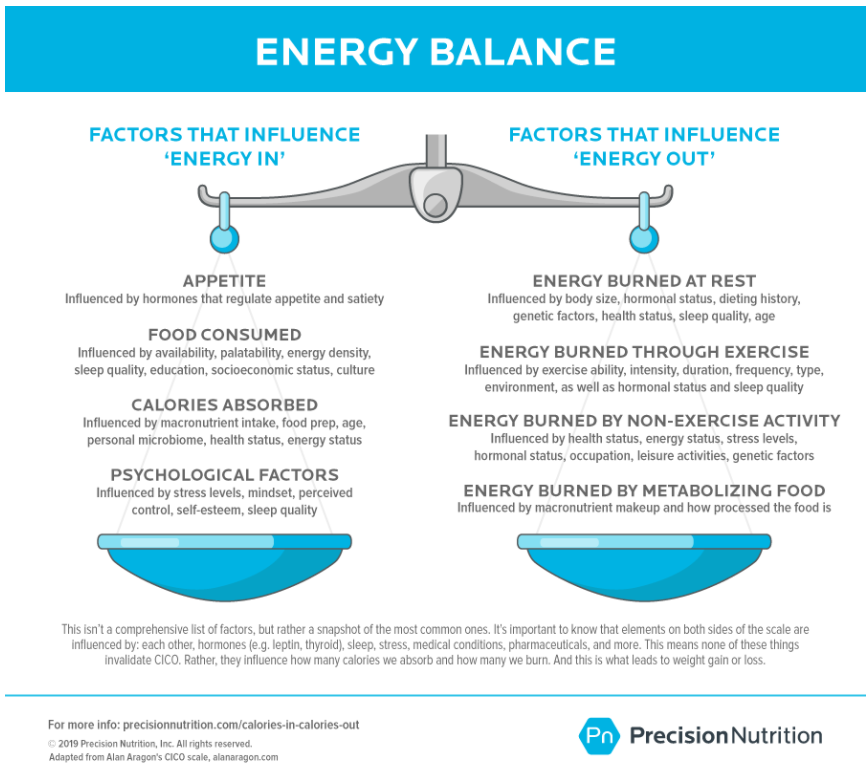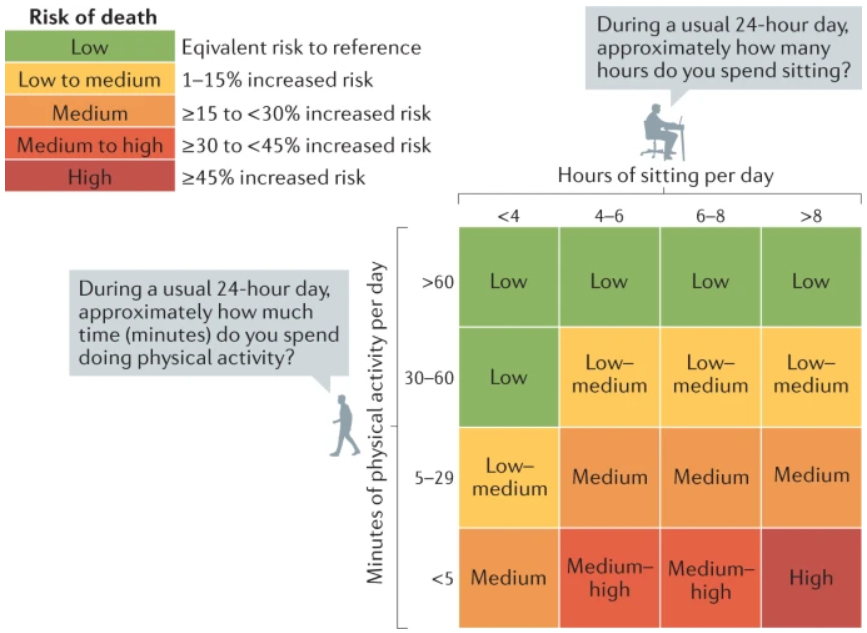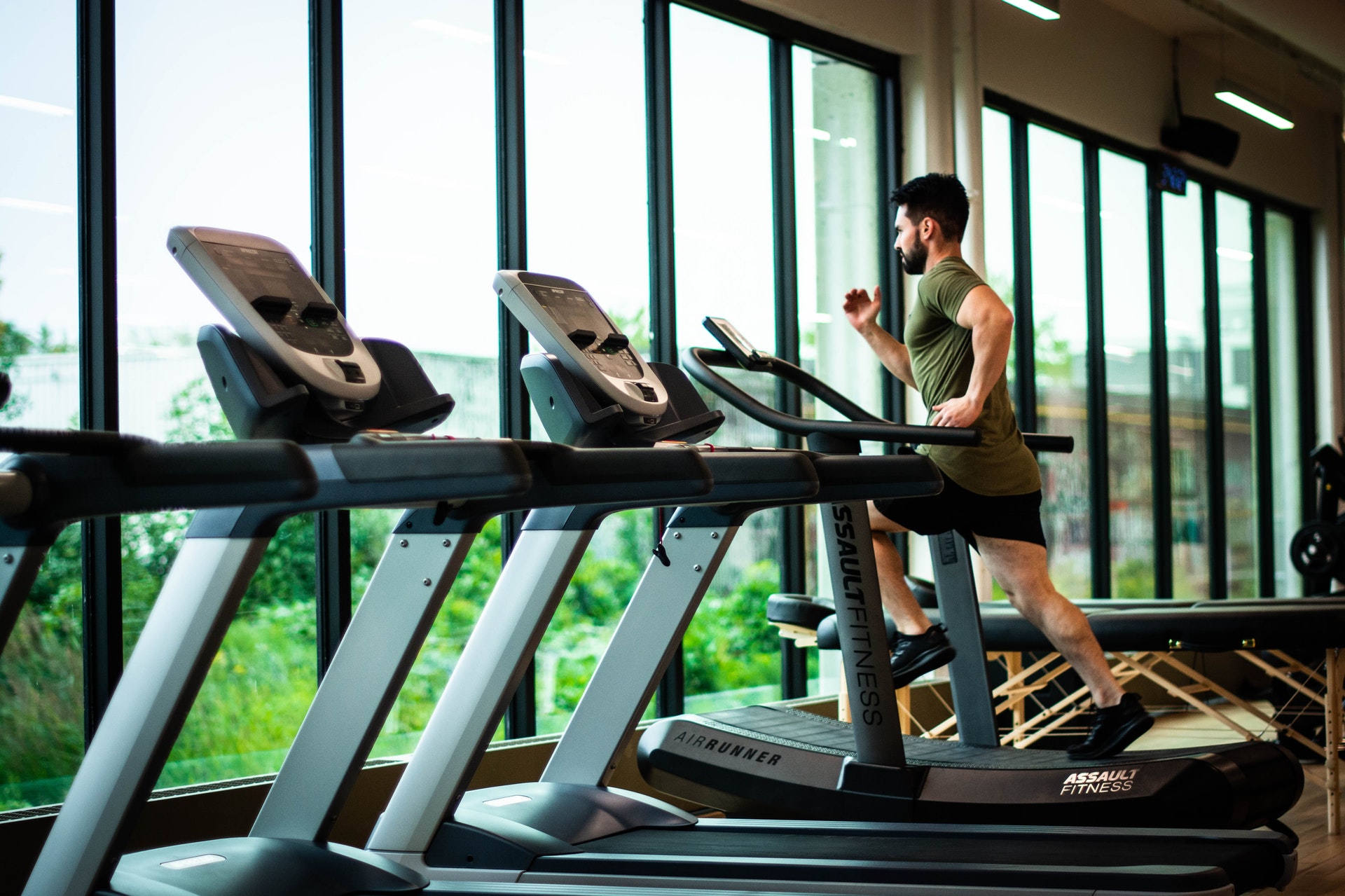Standard wisdom says that 30 minutes of exercise a day will keep your heart and body healthy. Standard wisdom also says that 10,000 steps a day will do the same. The question is: do you need both 30 minutes of daily exercise and 10,000 steps a day?
The answer is yes. Now let’s look at the reasons why.
Why 30 minutes of exercise
Reduces risk of lifestyle-related diseases
Regular exercise has a multitude of health benefits, including reduced risk of lifestyle-related diseases, such as coronary heart disease, stroke, type 2 diabetes, high blood pressure, and various types of cancer. There are mental and brain health benefits too. Regular exercise has been shown to reduce depression and anxiety and reduce the risk of Alzheimer’s.
Improved quality of life
If disease prevention doesn’t sway you, regular exercise improves sleep, promotes bone health, and maintenance of a healthy weight. All combined, the physical and mental benefits of regular exercise contribute to overall functional movement and better quality of life and well-being.
When 30-minutes isn’t 30 minutes
Let’s quantify what “30-minutes” a day actually means. The American Heart Association and the US Department of Health and Human Services recommend a minimum of 150 minutes of moderate to intense exercise per week for the average adult to maintain good health. In a five-day week, this averages out to 30 minutes per day.
In reality, it’s not necessary to specifically exercise for 30-minutes per day, but rather that total number of 150 minutes per week. What is important is that the exercise is of sufficient intensity to elevate your heart rate. To know if you’re exercising at a moderate to intense level, your heart should be beating faster, and you should be breathing harder than normal but still able to talk.
Pick Up The Pace! Grab my FREE Interval Walking Exercise Plan
Why 10,000 steps
Decreases sedentary behavior
Studies show that children and adults spend approximately 7.7 hours per day being sedentary. There is a strong link between sedentary behavior and increased risk of heart disease, type 2 diabetes, and lung cancers, and even early death. Sedentary people may only average 1,000 to 3,000 steps a day.
In fact, sitting has been dubbed “the new smoking” because of the numerous health risks it brings. As a preventable risk factor, meaning one we have direct control over correcting, reducing the amount of time spent sitting can be easily measured through an increased daily step count.
Any movement that reduces sedentary behavior has the potential to increase daily steps count, all of which have tremendous health benefits. What’s more, it doesn’t have to be an all-or-nothing approach. Even small increases in activity provide health benefits. Something activity is better than no activity!
Increases non-exercise activity
Not all movement is exercise. Non-exercise activity, known as NEAT, is one component of the delicate energy balance equation your body maintains.

What is NEAT
NEAT stands for non-exercise activity thermogenesis. NEAT is the energy that our bodies expend for all activities such as yard work, vacuuming, typing, grocery shopping, etc. Think of this as all the things you do as part of everyday living that isn’t sleeping, eating, or any specific exercise.
Energy in comes from the calories in the foods we eat and what we drink. Exercise out comes from our physical activity and other biological processes.
Someone who has a desk job and sits most of the day would fall into a category of sedentary activity, even if they exercise for an hour every day. This is because their NEAT levels are very low.
Someone who has a physical job such as a construction worker or landscaper, or even someone like a teacher, nurse, or wait staff who works on their feet all day moving around would be considered to have a moderate to active activity NEAT level.
NEAT is influenced by your overall health, energy status, stress, hormones, occupation, leisure activities, genetic factors. So, one person’s NEAT isn’t the same as another.
Why you need both 30 minutes of exercise and 10,000 steps a day
I was shocked to realize my three times a week 30-minute walk didn’t add up to 10,000 steps. Neither did my twice-daily dog walks around the block. Like many, my shift to working from home substantially reduced my step count since I eliminated walking to and from the train, around the office, and the area around the office. Although I maintained my daily exercise habit which ranged anywhere from 30 – 60+ minutes a day, I was still sitting upwards of 7+ hours a day.
Thirty minutes of daily exercise doesn’t negate the impacts of a sedentary lifestyle. It may reduce your risk, but it won’t wipe it out completely. You need both.
This SIT-ACT (Sitting/Activity) matrix depicts the change in risk of all-cause mortality as you move along the spectrum of decreased sitting and increased physical activity. “All-cause mortality” is a term used by disease specialists and refers to death from any cause.

Grab this FREE minimalist 10-minute workout to stay in shape when you’re busy!
Next Steps (pardon the pun)
Now that you’ve seen why you need both 30-minutes of exercise a day and 10,000 steps, here are some ways to get both. And since increasing your NEAT
Ways to get 30 minutes of exercise
- Walking or hiking
- Dancing or Zumba
- Swimming
- Water aerobics
- Jogging or running
- Some forms of yoga
- Cycling or spinning, indoors or out
- Tennis or basketball
- Walking as part of golf
- Jumping rope
Ways to get 10,000 steps
- Pace while on the phone: Traditional conference calls have fallen by the wayside since video calls took center stage. If you don’t need to be on camera and don’t need to be taking notes, stop using the time to multitask and spend the time pacing.
- Walk in place during commercials: Most 30-minute TV shows are only 24 minutes long. When they cut to commercial break, take the opportunity to walk in place.
- Park further away when shopping: Instead of cruising the parking lot and stalking people for the parking space closest to the store entrance, park further away.
- Take the stairs: Avoid the escalator at shopping malls and the elevator in your office building and take the stairs.
- Use the bathroom furthest from your work area: Whether you work from home or in an office setting, consider using the bathroom farthest away from your work area.
- Set a timer: If you sit all day at work, set a reminder on your calendar to stand up and march in place every 60 or 90 minutes.
- Get off the train or bus a few stops early: if you’re commuting via public transportation, consider getting off a stop or two before yours and walking the rest of the way
- Take a stroll: taking a short walk after your meals aids in digestion and help you get your steps in.
Ways to boost NEAT
- Do your own chores: Don’t hire someone to clean your house. Or if you do, do chores yourself as well. Dusting, vacuuming, laundry, cleaning the kitchen…all that movement contributes to your NEAT.
- Fidget a minute: Tapping your feet, rocking, stepping side-to-side while in line, it all counts as NEAT.
- Embrace your yard: Yard work, whether it be mowing the lawn, raking leave, digging in the dirt, or weeding all counts as NEAT.
- Stand a bit more: Yes, even standing increases your NEAT because you’re keeping your legs active. Switch to a desk that allows both, stand on the train or bus instead of sitting, or stand in while you’re waiting for an appointment time.
- Wash your car: Yep – even washing your car improves your NEAT.
Final Words
As I mentioned earlier, some movement is better than no movement. And the more movement the better. If you’re new to exercise and looking for ways to start moving more, just start small. Adding more general movement and exercise into your life should flow easily into your current lifestyle, activities, and habits. When you take this approach, you’re more likely to be consistent and adapt to the changes as part of your regular day. Pretty soon you’ll be up to 30 minutes of exercise a day and 10,000 steps.
Regardless of how you chose to increase your daily movement, the results can have a profound impact on your overall health. The reasons to do it far outweigh the excuses not to…so get up and go!

